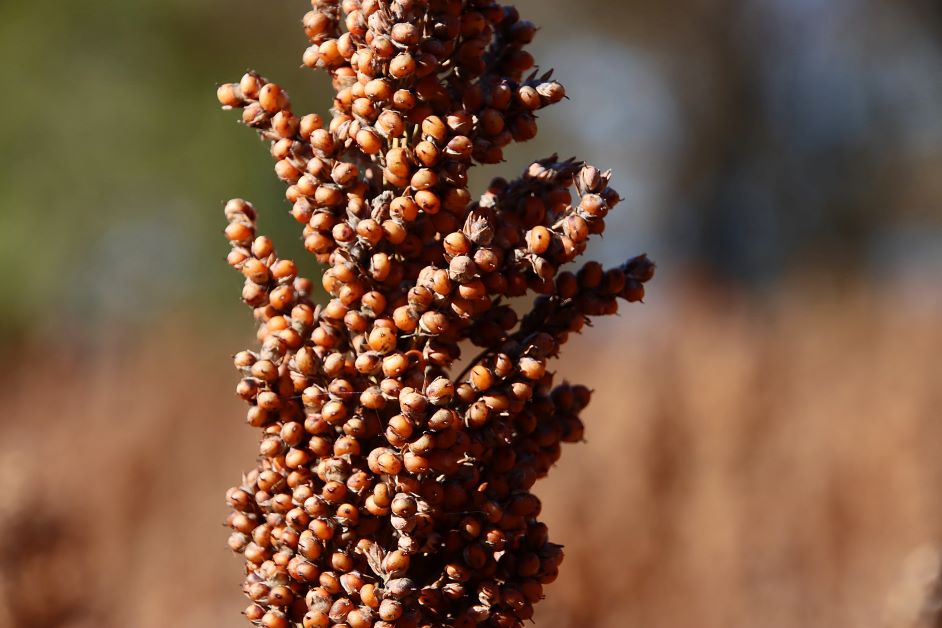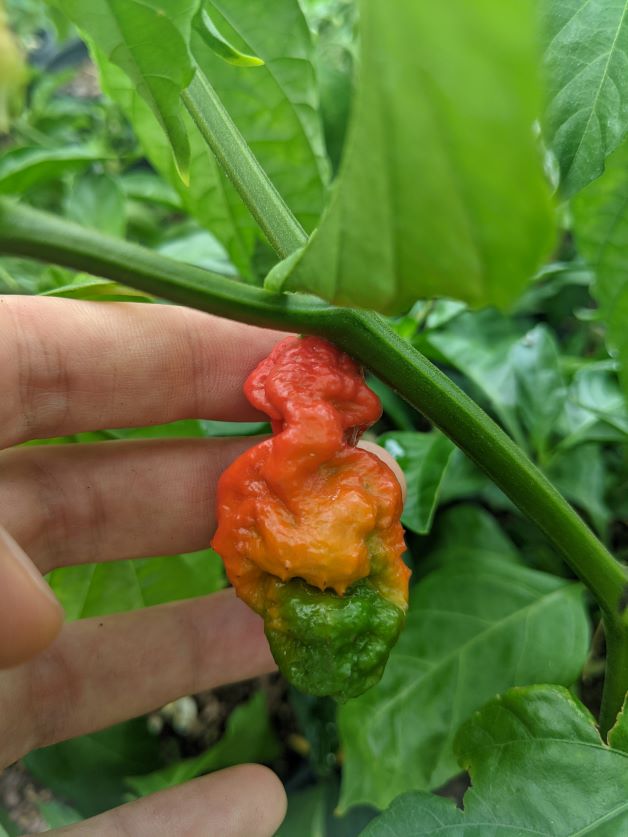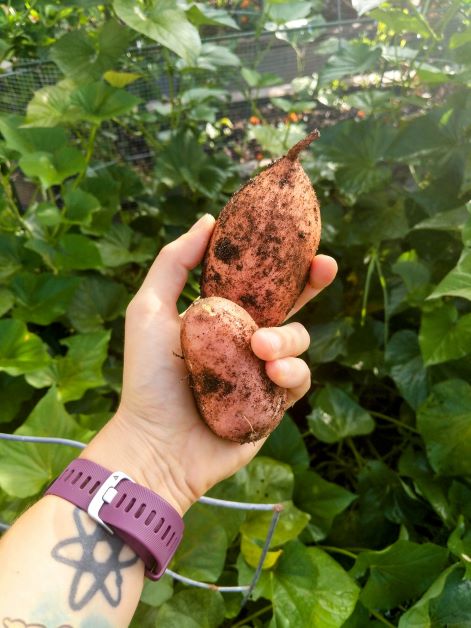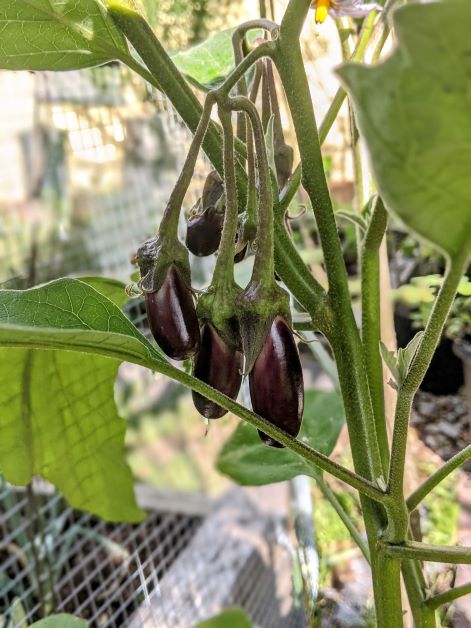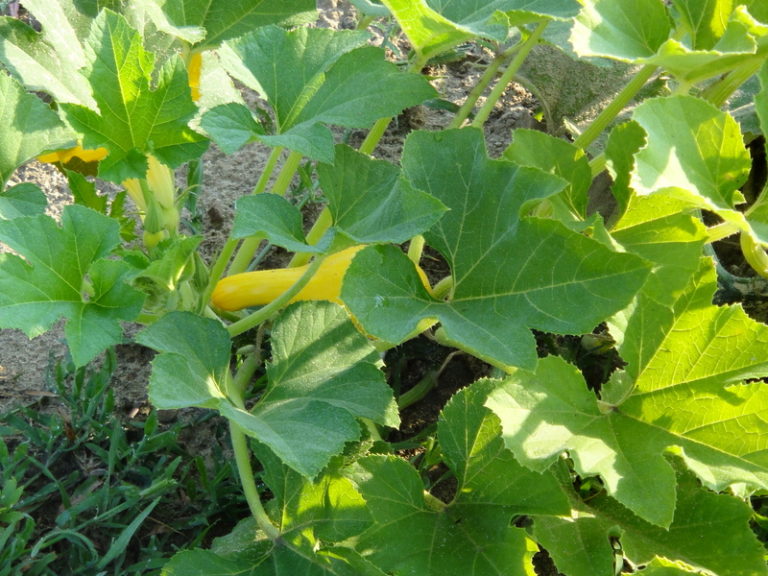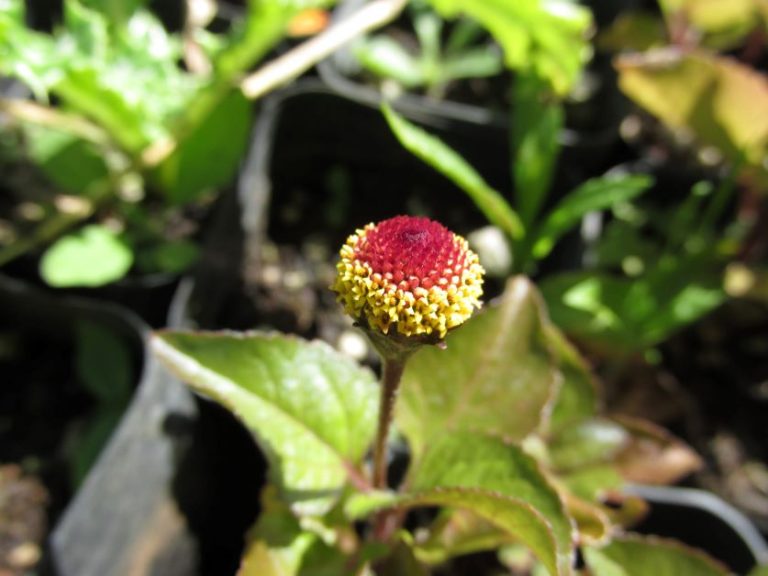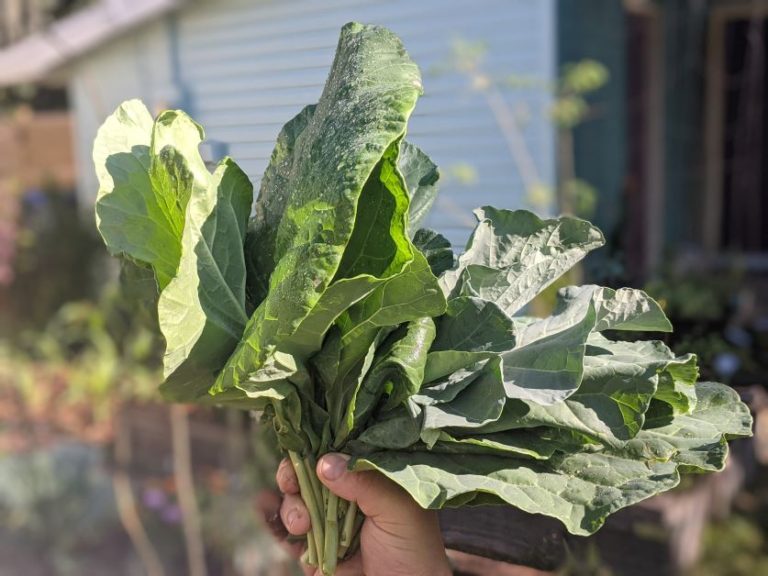How to Grow Sorghum in Florida
If your goal is self-sufficiency, sorghum may be the perfect crop for you. growing sorghum in Florida is easy, and this ancient grain is the pinnacle of versatility – you can mill it to make flour, the seeds pop like popcorn, you can make syrup from the stalks, use it as animal feed, and it’s even a component in some biofuels. Although some grains struggle to grow in extreme weather, sorghum won’t buckle under Florida’s heat and humidity. In this guide, we break down everything you need to know to grow sorghum in Florida.
What is sorghum?
Sorghum is an ancient grain relative to corn and like corn, it’s a member of the grass family. Native to Australia and Africa, sorghum is an important staple crop around the world, especially in areas that are inhospitable for growing other fruits and vegetables.
Sorghum is extremely nutritious, high in antioxidants, and packed with protein. Many homesteaders grow sorghum to mill into flour. Sorghum is gluten-free, so sorghum flour is a popular substitute for those that are sensitive to gluten. Do note, though, that any bread you make using sorghum flour will be flat because of its lack of gluten. You can also use the flour to make sorghum noodles.
Sorghum grows a lot like corn – it grows as a stalk and depending on the variety, it can reach anywhere from 2 to 7 feet tall. As it grows, sorghum develops a seed head at the top and when fully mature, these heads start to open, revealing the seeds inside. Sorghum seeds come in many different colors, including white (or green), burgundy, black, brown, and yellow.

Although it may cross-pollinate over several planting seasons, sorghum is self-fertile. That means you only need one sorghum plant to produce seeds. Gardeners usually grow patches of sorghum, however, so they can get the most out of their seed or cane harvest.
Sorghum can also be used to make a syrup that is similar to molasses. Although you can make sorghum syrup out of any of the varieties, some are especially suited to syrup making.
Types of sorghum
There are many different varieties of sorghum, but the 3 main types are grain sorghum, sweet sorghum and broom corn.
Grain sorghum
People grow grain sorghum for the seed head, which is where the grain comes from. Some popular grain sorghum varieties include:
[table id=33 /]
Sweet sorghum
People grow sweet sorghum to make molasses-like syrup from its stalk. Some popular syrup sorghum varieties include:
[table id=31 /]
Broom corn
People grow broom corn to use its stalks and seed heads as ornamentals and animal feed. Some popular broom corn varieties include:
[table id=34 /]
When to plant sorghum in Florida
You can plant sorghum in Florida at the same time as you would corn.
[table id=26 /]
How to plant sorghum
Planting sorghum and planting corn are essentially the same. You can plant sorghum by transplanting or by direct sowing. I prefer to grow mine as transplants because my local squirrels tend to dig up sorghum seeds and eat them as a treat.
Whether you plant sorghum as transplants or direct sow, you should prepare your planting site 2 weeks prior to planting by pulling all weeds and amending your soil with organic matter, such as oak leaf compost.
How to plant sorghum as a transplant
- Fill a seed starter tray with high-quality potting mix.
- Plant a sorghum seed in each cell, about 1/2 inch deep.
- Water your seeds and keep the soil moist but not soggy.
- Make sure to keep your tray in a warm, sunny location that is at least 75°F.
- Your sorghum seeds should germinate within 10 days.
- When your seedlings reach 3 to 4 inches tall, they are ready for transplanting.
How to direct sow sorghum
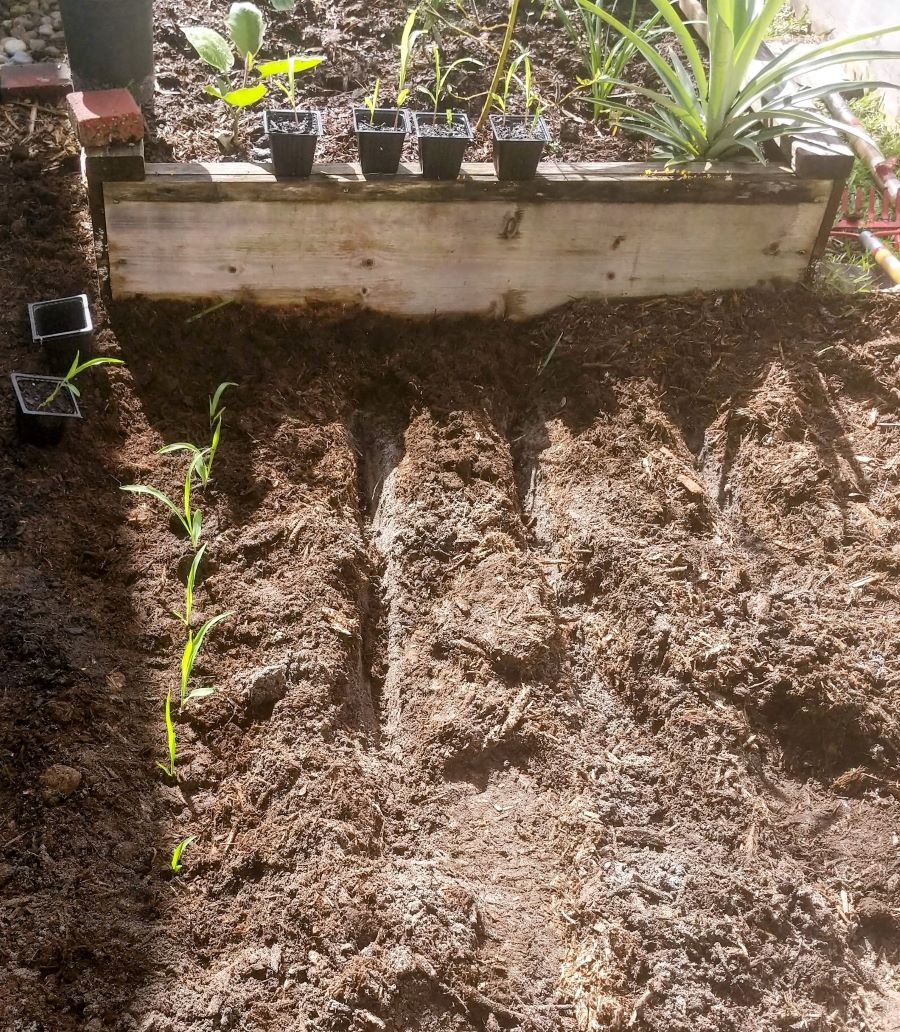
- Dig furrowed rows about 1 foot deep.
- Plant 1 sorghum seed every 8 inches and then place the dirt back over the rows.
- Water your seeds and keep the soil moist but not soggy.
- Your sorghum should germinate within 10 days.
Sorghum growing conditions
Temperature
Sorghum is an annual in USDA zones 2 through 11 and perennial in USDA zones 9 through 12. Sorghum loves high heat, making it perfect for the Florida food garden. Sorghum needs daytime temperatures of at least 90°F and nighttime temperatures of 75°F to grow at its best.
Light
Sorghum is a full sun plant that needs at least 8 hours of direct light a day. The more sun sorghum gets, the better.
Water
Sorghum is more drought-tolerant than corn. Give your sorghum about an inch of water per week but if a couple of days go by and there’s no rain, your sorghum should be fine (once it’s established).
Soil
Not only is sorghum more drought-tolerant than other grains, but it’s also more tolerant of wet soil, too. Sorghum isn’t too picky regarding soil but in my experience, fertile and well-draining is best.
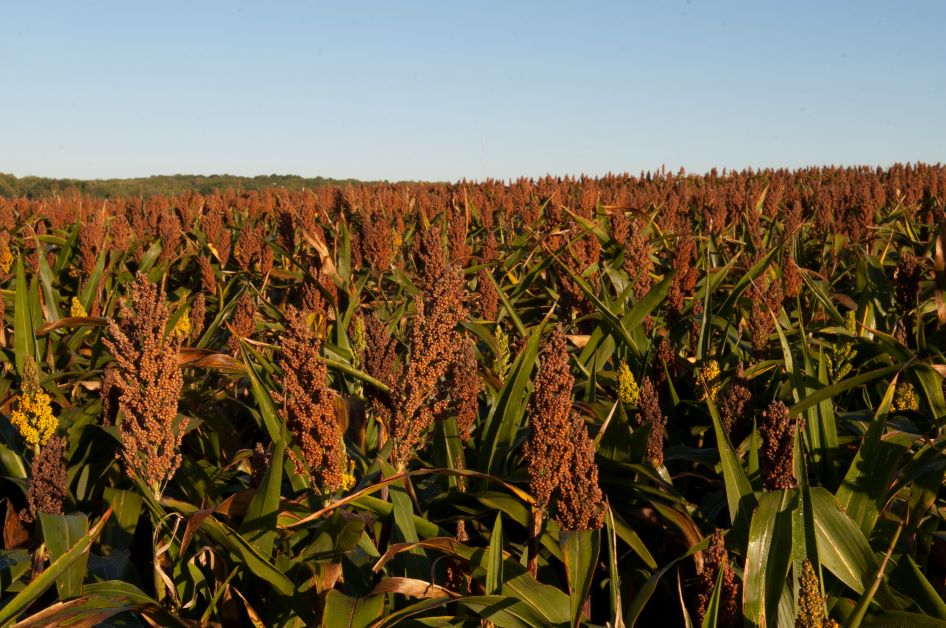
Spacing and weeding sorghum
Plant sorghum seeds (or seedlings) 8 inches apart and in rows that are 30 inches apart.
Since sorghum is a type of grass, weeds can easily choke it out. It’s important to weed your sorghum as it grows, especially when it’s first starting out. When the sorghum plant is small, be extra careful when weeding so you don’t disturb the sorghum’s roots.
Pro-tip! If you’re pulling weeds that are very close to your sorghum, here’s a technique that will help you help you avoid disturbing your sorghum seedlings: using your index finger on your dominant hand, gently press down at the base of the sorghum plant while pulling the weed with your non-dominate hand. Pressing down on the soil at the base of your sorghum will hold it in place.
Fertilizer
As discussed, it’s a good idea to amend your soil with organic matter 2 weeks before planting. Once your sorghum is in the ground, feed it an organic fertilizer that’s high in nitrogen.
Harvesting sorghum
Harvesting sorghum seeds
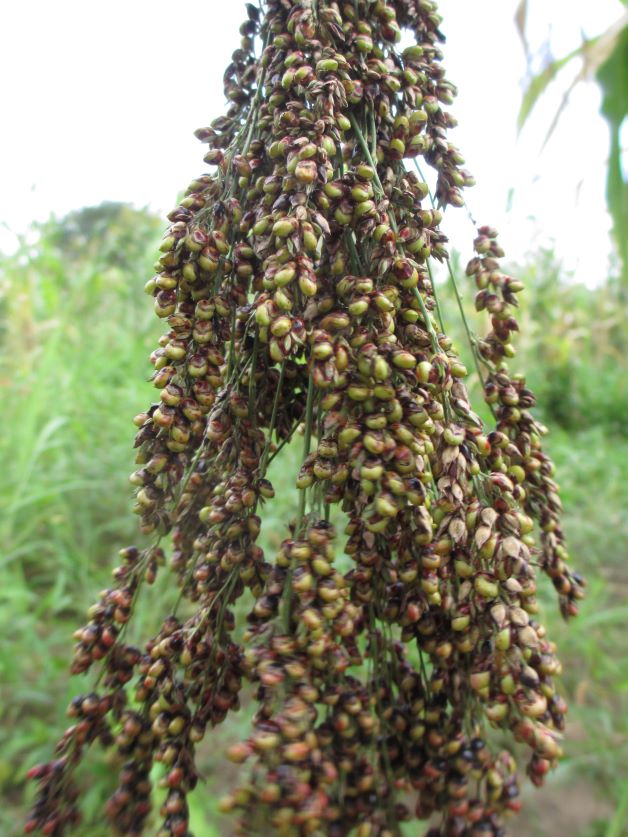
Although it depends on variety, many sorghum types take 120 days to go from seed to harvest. Towards the end of the growing season, use your fingernail to try to dent a sorghum seed. If you break through the shell it emits a milky substance, your sorghum needs a couple of more weeks to grow. If the seed is firm and dry, then your sorghum is ready to harvest.
To harvest sorghum, cut the seed heads off of the plant and then hang them upside to dry in a cool, dark place. You can also lay the seed heads flat on a screen that allows air to flow. This step is an important one – if you try to store sorghum seed before letting it dry out, it will turn moldy. It will take about 2 weeks for your sorghum to be sufficiently dry.
Once your sorghum seed heads have dried out, it’s time to separate the seeds from the seed heads. To do this, put your seed heads in a large Tupperware container, put on the lid, and then shake the container around. This should remove the seeds from the seed heads.
Harvesting sorghum canes
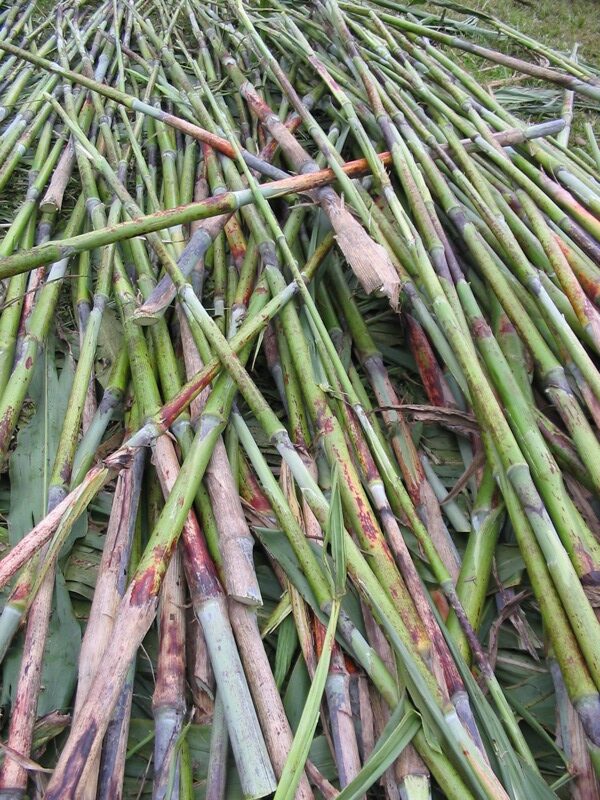
Harvesting and milling sorghum canes is a ton of work, but it can be worth the effort as long as you have a few tools:
- Old-fashioned laundry wringer
- 2 Food grade buckets
- Hand saw
- Cheesecloth
- Large rubber band
Directions
- Using the clamps at the bottom of your machine, clamp your laundry wringer to the edge of a table to give it stability.
- When your sorghum is fully mature, use your handsaw to cut down the stalk an inch or so above the soil line.
- Cut off the seed head and hang it up to dry.
- Remove the leaves from the cane.
- Use your handsaw to cut the cane into foot long, manageable pieces.
- Place a bucket under your laundry wringer.
- Run your cane pieces through the laundry wringer. If a cane seems to be filled with a lot of juice, put it through the wringer until all of the liquid is squeezed out.
- Once your canes are juiced, use the rubber band to attach the cheesecloth over the mouth of your other bucket.
- Once the cheesecloth is attached, strain your sorghum juice by pouring it from the collection bucket into the bucket with the cheesecloth.
- Once your sorghum juice is strained, you can use it fresh, store it in the refrigerator for up to a week, freeze it for later use, or use it to make sorghum syrup.
Can you grow sorghum in containers?
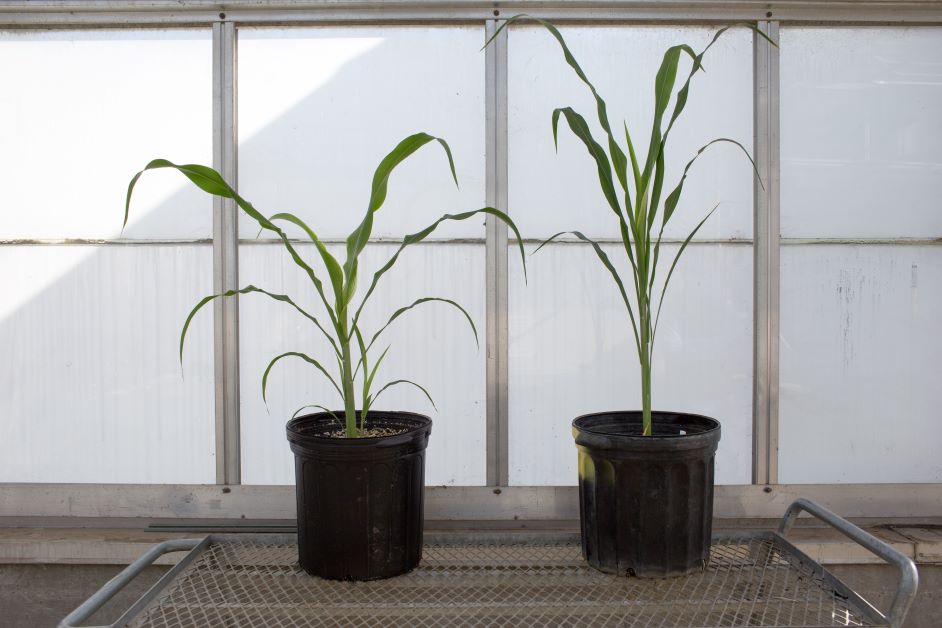
Yes, you can grow sorghum in containers but unless you plant many, many containers, your yield will be rather low (since you can only plant one sorghum plant per container). It could be a fun novelty to grow a dwarf sorghum plant in a container to keep on a patio but you’re better off growing this crop in the ground if you can.
Troubleshooting
Sorghum pests
Aphids and Ants
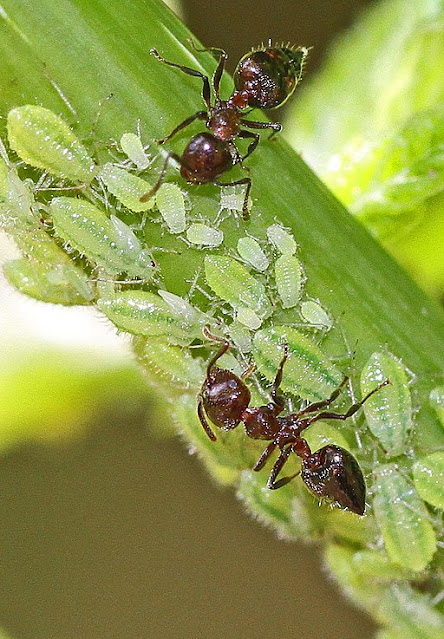
Sorghum can be a target for aphids and because they have a symbiotic relationship, when there are aphids, you’ll also find ants. First, control your ant population using Borax or by using another organic pest control method. Then, scout for aphids and spray any that you find with a blast from your hose. Aphids are soft-bodied and a quick jet of water is enough to kill them. Aphids reproduce very quickly, so it’s important to scout for aphids every day until you get the population under control.
Birds and mammals
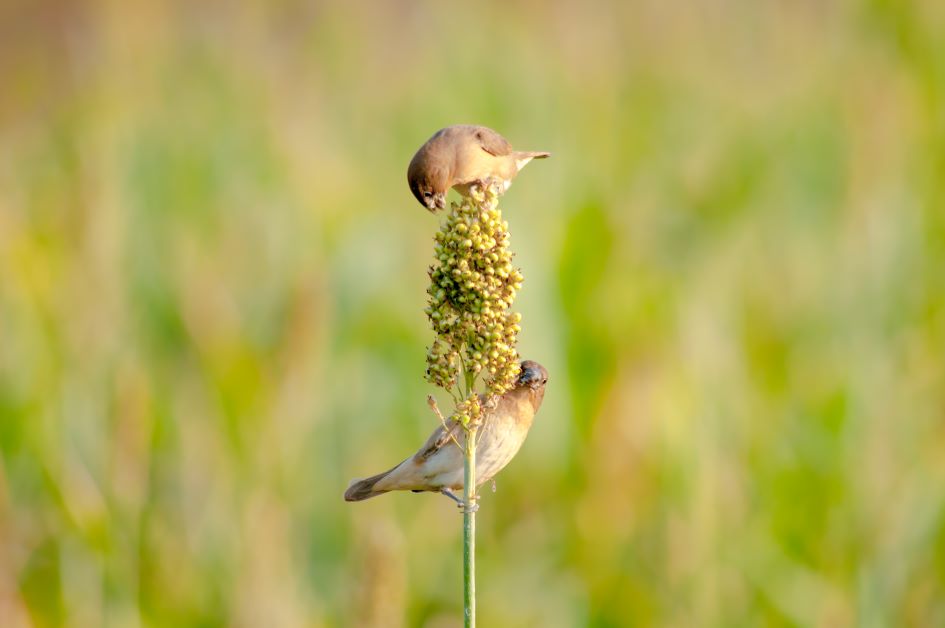
Birds, squirrels, raccoons, deer, and possums love sorghum seeds. Be sure to plant more sorghum than you think you need because some of it will inevitably go to the birds. You can also protect your sorghum plants by draping bird netting over the canes, but your success with this may vary.
Sorghum diseases
Rust
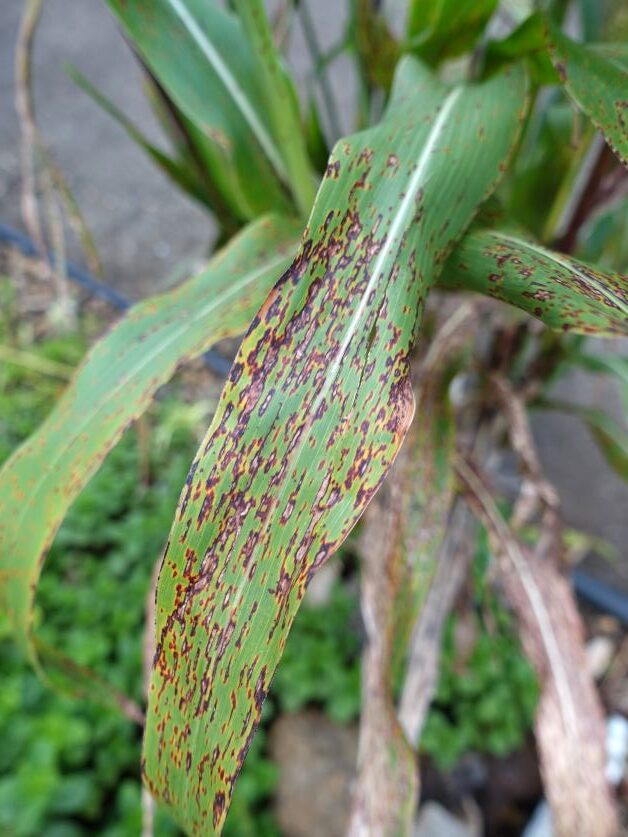
Rust is a common sorghum disease that is especially prevalent in climates with high humidity. Rust is a fungal disease, and it looks like brown patches or speckles on your sorghum leaves. Organic fungicides aren’t effective when dealing with rust, but there are a few preventative measures that you can take:
- Sow your sorghum early and plant early-maturing varieties.
- Only plant sorghum seeds from reputable sources – seed from a previously infected crop will yield another infected crop.
- Remove rust-infected sorghum and destroy it.
- Rotate your crops.
- Keep your garden neat and free of debris.
Featured image photo credit: scott1346

